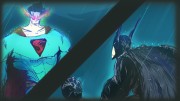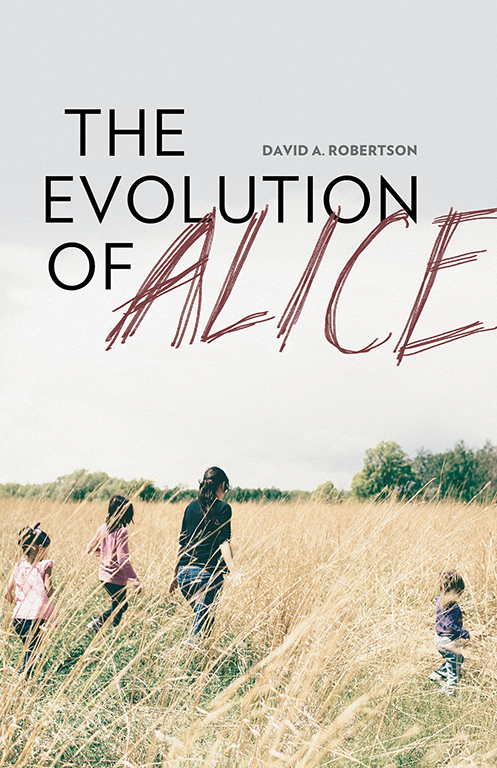There Can Never Be Enough: New and Selected Stories is University of Manitoba English professor and seasoned fiction writer David Arnason’s latest collection since 2002’s The Demon Lover. In addition to showcasing many of his previous tales, Arnason’s newest work introduces three new stories: “Getting it Right,” “The Bad Samaritan,” and “On Silver Pond.”
Like Arnason’s prior fiction and non-fiction releases, the stories in There Can Never Be Enough predominantly capture the Interlake area and Winnipeg. Outlier locations include Iceland, Italy, the Ukraine, Russia, Paraguay, Australia, and Montana.
Nostalgia, a common theme in this tome, is emphasized in the most moving of the new three, “Getting it Right,” in which a man looks fondly back at his life. In this passage, as in the rest of the collection, simple language prevails:
“Just moments ago everything was expectation. I had plans. I lived in many different futures in my imagination, and I slept well at night and dreamed dreams of power and success. Now, I want to live in the past. I would be willing to live my life over exactly as it happened, taking the good with the bad, as if it were a favourite movie that I could replay whenever I wanted.”
Many of Arnason’s stories are acutely comical and equally ridiculous. The most notable story of the collection is “The Naiads,” in which a man, while his sailboat is anchored at Gull Harbour, encounters three naked female campers who don’t want to share the area. His ill father secretly tags along, witnessing from afar and butting into his son’s arguments and sexual relationships with the young women.
The male voice is predominant in There Can Never Be Enough; with the exception of the second-person perspective, all female characters are in third-person while all first-person narrators are male.
However, Arnason makes up for this lack of a female voice in “Bad Girl,” a story about a “disobedient” teenager named Ellen whose religious, dogmatic parents believe they have ownership over her and her body. Ellen’s lover informs her that they will be married by fall or else; after Ellen’s retributive father finds out she’s been saving up to go to university, he tries to take her money, referring to her as a “thieving slut.” Arnason highlights the misogyny and turns the “bad girl” trope on its head by illustrating the father and lover as outlandish creatures.
There Can Never Be Enough is rife with folklore. In “The Sunfish,” a talking fish informs a New Iceland man that the world is going to end, and he subsequently acts in accordance with the fish’s advice to attain his wishes. “Girl and Wolf” is a take on the Little Red Riding Hood fairy tale, using bestiality in a style reminiscent of Angela Carter’s The Bloody Chamber. In this story, the wolf is ready to kill the woman, and she flips the fairy tale script.
In an almost “Choose Your Own Adventure” kind of way, Arnason, forever cognizant of his audience, tells and revises his stories. For example, in “A Girl’s Story,” written in second person, “you” are the protagonist. After describing a setting, the narrator says, “I slipped a lot of details in there and provided all those hints about strange and dangerous things under the surface. That’s called foreshadowing .” In “The Naiads,” the narrator questions his verb choice: “I’m not sure whether the word I want is ‘flounced’ or ‘bounced.’”
The characters in the collection are predominantly older males, and are most often moose hunting, fishing, camping, playing hockey, sailing, and figure skating. If Arnason has a fault, it’s that some pieces blend together, and it’s difficult to conclude if this is endearing or jarring. For example, the ailing, annoying patriarchs in “Sons and Fathers, Fathers and Sons” and “The Naiads” are virtually the same character.
Nonetheless, There Can Never Be Enough is a humorous, touching, and compelling read – especially for residents of the Interlake region.




